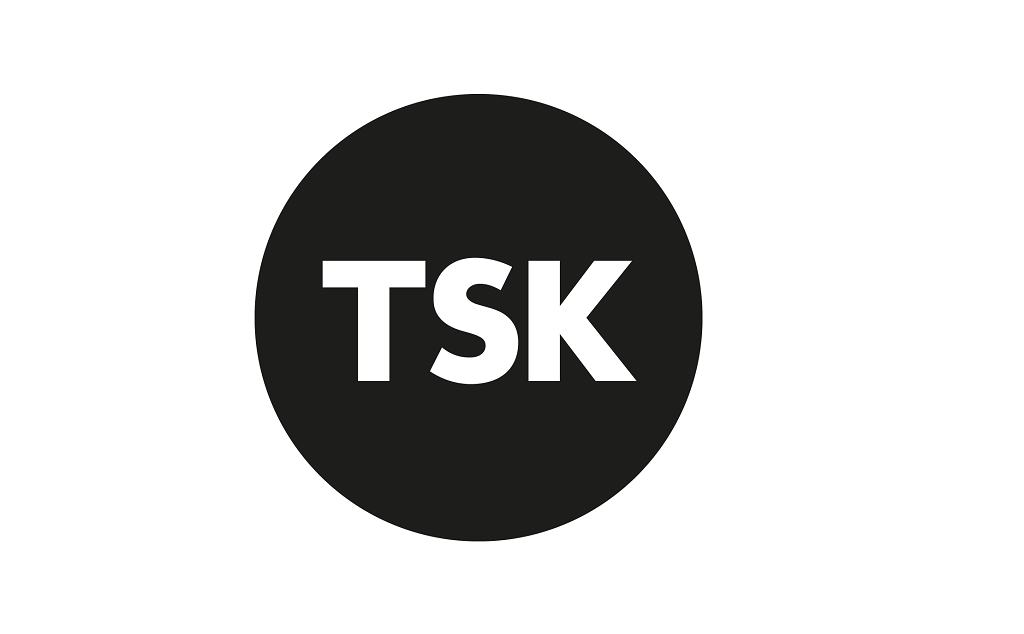Making sense of Construction Design Management – a sea change for building industry
August is a quiet time for business rate headlines, all the politicians are on holiday, probably on the sunbed next to their senior civil servants. So I have strayed from my favourite topic to dip my toe in the water of CDM for a change.
Back on April 6, this year the construction and building industry saw the new CDM (Construction Design Management) Regulations come into play, with far reaching implications for the industry as a whole.
At the time they raised a multitude of questions in their application and implication, but now the dust has settled a little, it is interesting to see the Regulations making their mark in the UK.
Following a lengthy five year evaluation, the Regulations now include ALL construction works where there is more than one contractor. They apply regardless of size, value or duration of the works. Even now not all clients are aware of this and may not have the appropriate management systems in place to meet their legal obligations.
While the new regulations will have significant implications for all those involved in construction, the intention is simple – to prevent the ill health or death of construction and maintenance workers, whilst also allowing for the delivery of good design. The intention may be simple, getting the balance right, far from it.
Originally intended for the process industries where absolute duties to eliminate and reduce risk could be applied, the application of these latest Regulations when relating to design tasks have been much more complex. We have already seen some confusion and unintentional misinterpretation by non-design trained duty-holders, who expect designers to ‘design out’ all risk from their concept designs. This can stifle creative, innovative design and inhibit designers from establishing acceptable or tolerable levels of risk within the constraints of cost, time, quality, aesthetics etc – exactly what the Regulations didn’t intend to do.
This disconnect has caused frustration within the industry, and highlights the need to balance and coordinate health and safety prevention principles with innovative design right from the start. Unfortunately history shows that, in carrying out complex and sophisticated tasks, it is almost inevitable that some accidents will occur, primarily due to human behaviour and unforeseeable events. The aspiration to simply “design out” risk has arguably reached its effective limits.
The immediate future requires the industry to re-organise itself during the project preparation (design) phases to embrace risk and identify levels of tolerability.
- At the other end of the process, during the project execution (construction) phase, small and medium sized contractors need to embed these regulations into their approach.
- The professional institutions and trade associations need to take ownership of the skills, knowledge and experience of their own members by introducing suitable training.
- This process will require a level of integrated professionalism from all construction industry participants, including the HSE inspectors, public indemnity insurance lawyers and other members of the legal system.
I’m sure I will be back to my normal Rating musings before too long.
Selected industry experts bring you insight and expert advice, across a range of sectors.
Subscribe for free to receive our fortnightly round-up of property tips and expertise
Selected industry experts bring you insight and expert advice, across a range of sectors.
Subscribe for free to receive our fortnightly round-up of property tips and expertise





